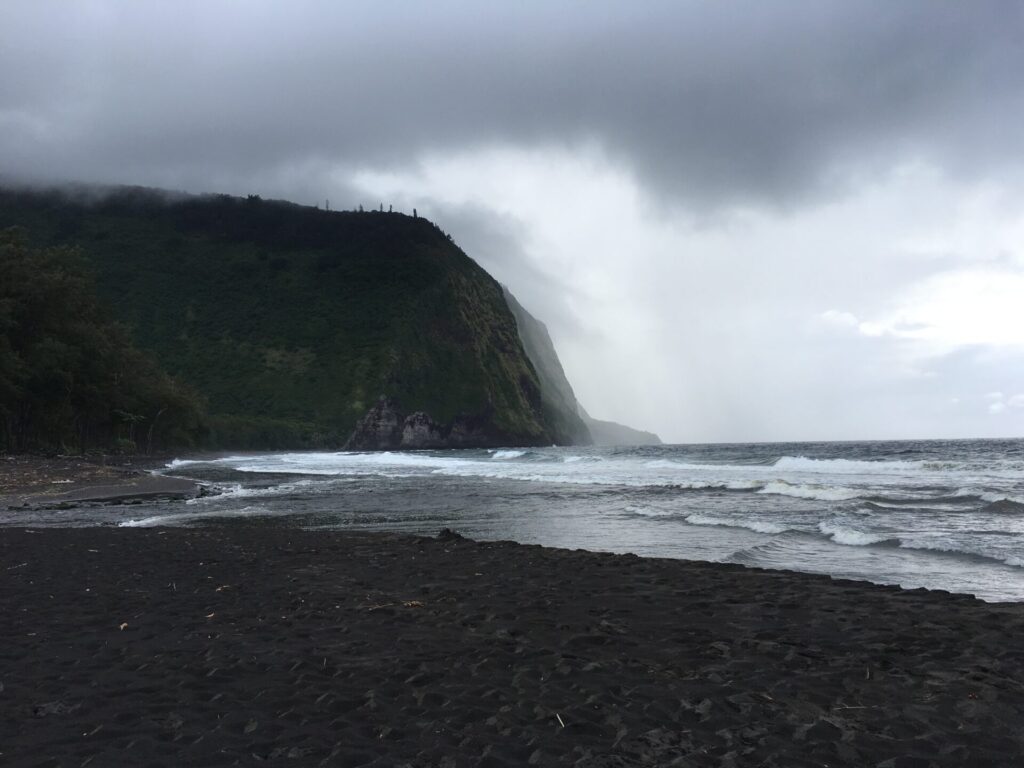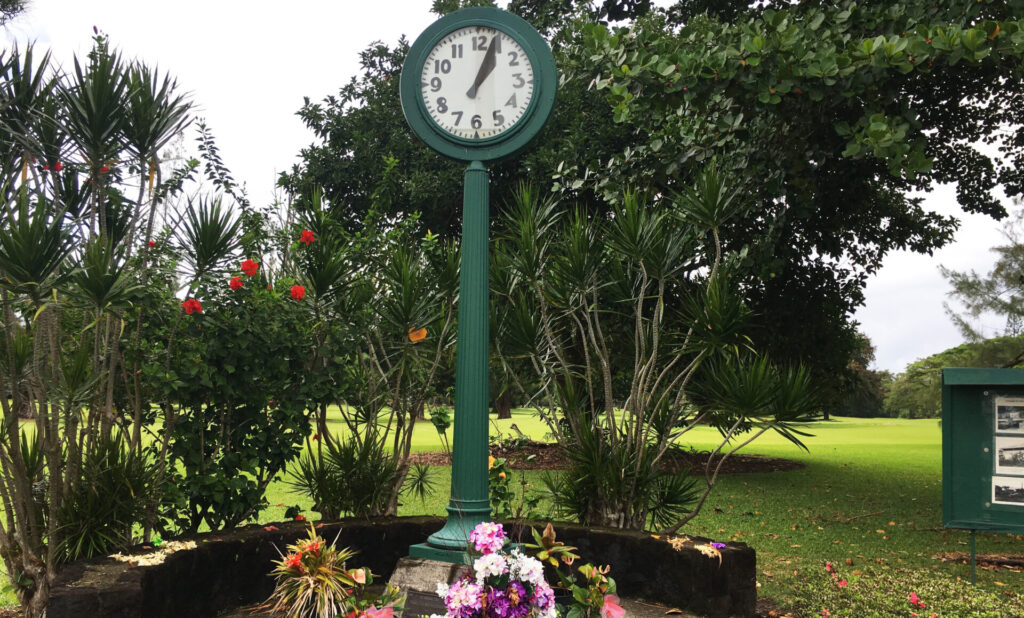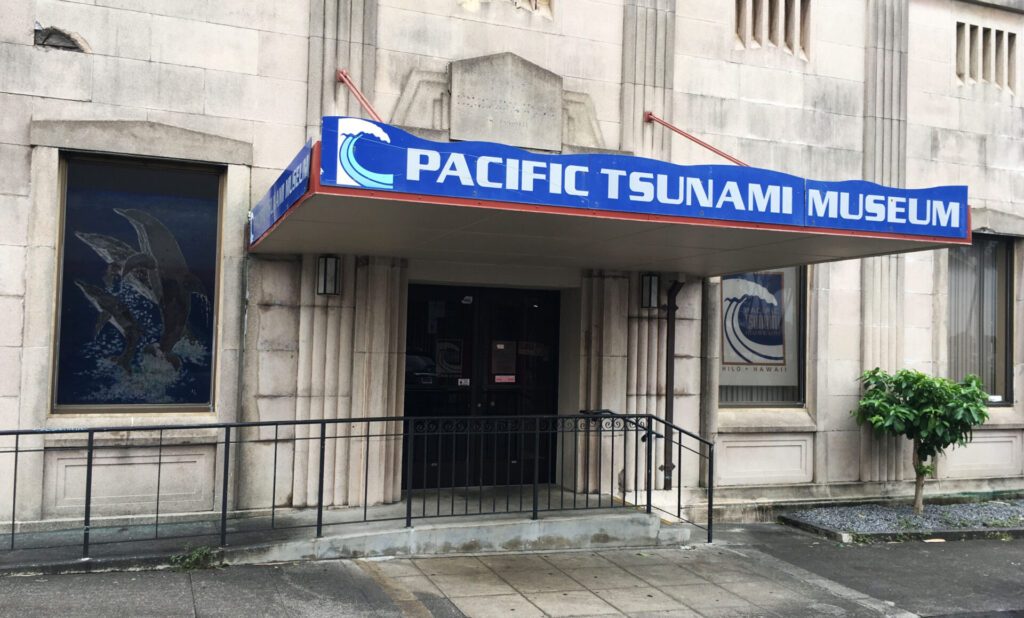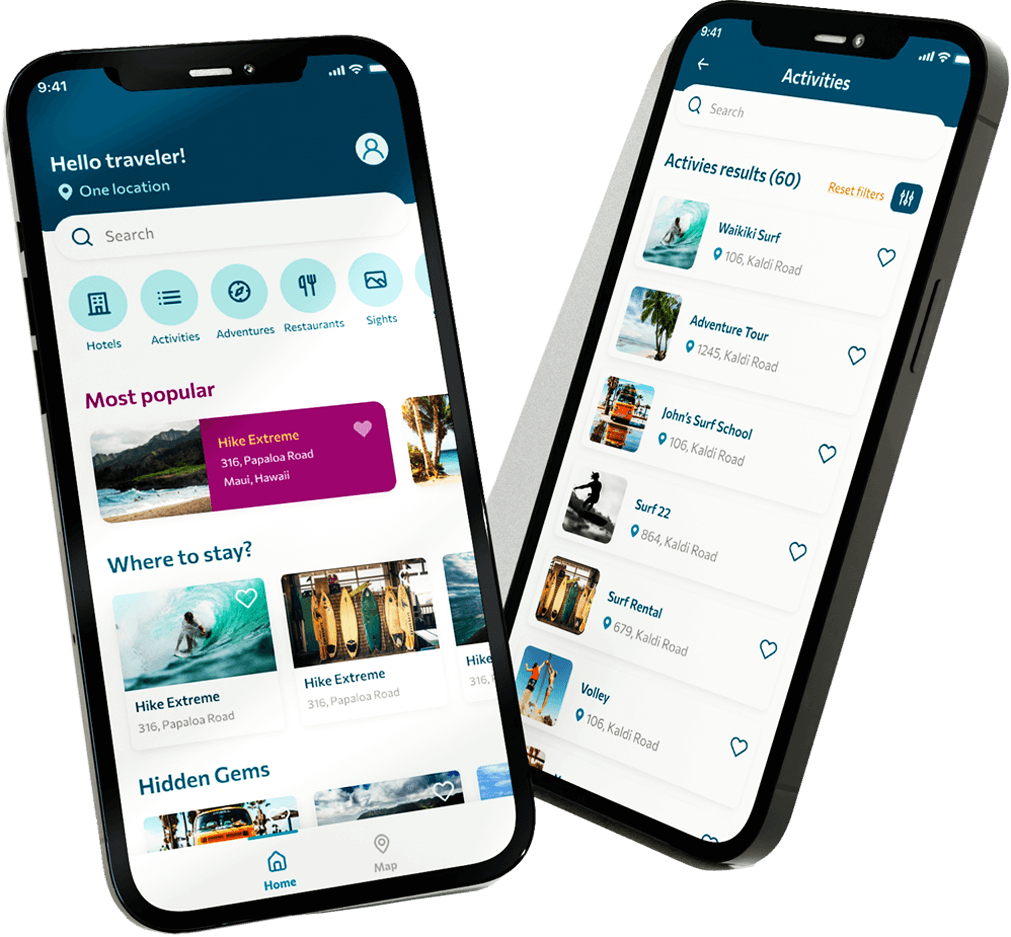In a nod to the 78th anniversary of the deadliest tsunami to strike the islands, Hawaii’s governor recently declared April to be Tsunami Awareness Month. Tsunamis are something many people have heard of, but few have experienced. When it comes to natural disasters, you tend to be familiar with the things that are more likely to occur in the area you live. The Southeast U.S. has hurricanes, the Midwest has tornados, the West Coast has earthquakes. (This is an oversimplification—there’s definite overlap with these locations, as well as other natural disasters.) Growing up in those areas, many people also had drills in school to help practice and prepare for those events. It is a similar case in Hawaii in that we have a few protocols in place to help prepare and warn us in case a tsunami is approaching. This isn’t meant to be alarming or dissuade you from visiting Hawaii. I just want to be upfront with you about the nature of life in Hawaii. Tsunamis have unimaginable power. The water first recedes, exposing the ocean’s floor, and then bulldozers of water come crashing in. The event can last for hours. When it comes to tsunamis striking Hawaii it’s not a question of if, it’s when the next one will occur.
Is it a Tsunami or a Tidal Wave?
 Tsunami is the Japanese word (literally translating to “harbor wave”) for what is also know as a tidal wave. But calling it a wave isn’t really accurate. What we think of as waves that regularly hit the beach, that you can surf on and more or less predict, are generated by winds and tidal action. Tsunamis are produced from the displacement of water, often due to seismic event such as an earthquake or landslide. Tides have nothing to do with how a tsunami forms, so tidal wave is a term that you see less and less these days. Tsunami has become the accepted term for the phenomenon, despite the literal translation also having wave in the name.
Tsunami is the Japanese word (literally translating to “harbor wave”) for what is also know as a tidal wave. But calling it a wave isn’t really accurate. What we think of as waves that regularly hit the beach, that you can surf on and more or less predict, are generated by winds and tidal action. Tsunamis are produced from the displacement of water, often due to seismic event such as an earthquake or landslide. Tides have nothing to do with how a tsunami forms, so tidal wave is a term that you see less and less these days. Tsunami has become the accepted term for the phenomenon, despite the literal translation also having wave in the name.
The way a tsunami moves is also unlike normal waves. While a standard wave’s energy builds and is expended in a relatively short distance—you know, the classic Hawaiian wave that crests, curls and breaks into whitewash as it nears the shore—a tsunami’s energy is stretched out even farther. (A tsunami literally has a longer wavelength.) In practice, a tsunami essentially never forms into a rideable wave. (Apologies to fans of the old Escape From L.A. movie where the heroes surf a tsunami—it just doesn’t work that way.) A tsunami is more like a flood; an ever increasing mass of water that spreads over and inundates everything in its path.
Why April is Tsunami Awareness Month in Hawaii
 Being in the middle of the Pacific Ocean, Hawaii is in one of the best (worst?) spots to experience tsunamis. We are encircled by the Ring of Fire—the common name for the belt of tectonic subduction zones and that surrounds most of the Pacific Ocean, and where the majority of Earth’s volcanoes and earthquakes occur. Tsunamis have always been a major contributor to the forces that shape the Hawaiian Islands. While the earliest, historically recorded tsunami to strike Hawaii happened around 1812–1814, evidence of older tsunamis have been observed in the geologic record. However, the deadliest tsunami in Hawaii history happened just over 78 years ago.
Being in the middle of the Pacific Ocean, Hawaii is in one of the best (worst?) spots to experience tsunamis. We are encircled by the Ring of Fire—the common name for the belt of tectonic subduction zones and that surrounds most of the Pacific Ocean, and where the majority of Earth’s volcanoes and earthquakes occur. Tsunamis have always been a major contributor to the forces that shape the Hawaiian Islands. While the earliest, historically recorded tsunami to strike Hawaii happened around 1812–1814, evidence of older tsunamis have been observed in the geologic record. However, the deadliest tsunami in Hawaii history happened just over 78 years ago.
On April 1st, 1946, a major earthquake struck off Alaska’s Aleutian islands. According to the USGS, the earthquake was estimated to have been around 8.6 on the Richter scale, radiating monster waves (around 115 feet near the origin) from its epicenter. Though the waves lost some of their strength traveling across the ocean, damage was reported across the Pacific Basin. Though the north-facing shores of all the islands were impacted, Maui and the Big Island saw the worst damage and loss of life. On Maui, 14 people lost their lives, at least 77 buildings were destroyed and over 500 people were left without a home. The small peninsula of Ke‘anae along the famous Hana Highway was particularly devastated, with only the stone church (which stands to this day) surviving the deluge. On Big Island the destruction was even more severe. Hilo’s entire bay front area, the Japanese district, was completely wiped out. In all,159 people, including 21 schoolchildren in Laupahoehoe, were killed and nearly 500 buildings destroyed in one of the worst natural disasters in Hawaii’s history.
After another tsunami killed 61 more people in 1960, town fathers decided to make this area a park rather than risk more lives during the next tsunami. The clock on the side of the road on Kamehameha Street in front of Naniloa Golf Course stands with its hands frozen in time—1:04 a.m.—from the 1960 tsunami. Townsfolk refurbished the clock but refused to rebuild it to working order in honor of those who died.
How To Prepare
 The tsunami of 1946 was a real wake up call for everyone. The Tsunami Warning System was established in 1949 in response to the devastation in Hilo. One of the first tools to warn people of potential tsunamis was teh siren system. These are familiar in many places on the continent that use similar warning systems for tornados. A variety of monitoring systems such as buoys, towers and communication systems have further strengthened our ability to detect tsunamis and appropriate warnings can be sent out in advance of their arrival. Tsunami Evacuation Zones are also established across the islands, which direct you to the minimum safe distance areas nearby. (Driving around, you’ll notice the routes labeled as blue, informational signs similar to hurricane and blizzard evacuation zone signs on the mainland.) These monitoring and warning systems have become more sophisticated over time, but they’re not fool proof. Generally, if you feel the ground shaking and you’re near the shoreline, the best advice is to head inland and uphill as quickly as you can. Luckily, Hawaii’s coastline turns to mountains pretty rapidly the more inland you go. In Hawaii, we get a few emergency messages each year about tsunami warnings due to earthquakes around the Pacific. They are usually false alarms, with the wording “No Tsunami Threat” prominently displayed as smartphone notification. Though exceedingly rare, there have a few recent examples of disastrous tsunamis in other parts of the Pacific, such as the 2004 Indonesian tsunami and the 2011 tsunami that hit Japan. These events, and those of the past, remind us to heed the warnings, be properly prepared with food and water supplies, and to be ready to help our neighbors and community. A great place to learn more about the past, present and future of tsunamis in Hawaii is the Pacific Tsunami Museum in Hilo. You’ll learn a lot there and they have some cool interactive displays. The museum is in the old bank of Hilo and my favorite part is getting to watch films in the old bank vault.
The tsunami of 1946 was a real wake up call for everyone. The Tsunami Warning System was established in 1949 in response to the devastation in Hilo. One of the first tools to warn people of potential tsunamis was teh siren system. These are familiar in many places on the continent that use similar warning systems for tornados. A variety of monitoring systems such as buoys, towers and communication systems have further strengthened our ability to detect tsunamis and appropriate warnings can be sent out in advance of their arrival. Tsunami Evacuation Zones are also established across the islands, which direct you to the minimum safe distance areas nearby. (Driving around, you’ll notice the routes labeled as blue, informational signs similar to hurricane and blizzard evacuation zone signs on the mainland.) These monitoring and warning systems have become more sophisticated over time, but they’re not fool proof. Generally, if you feel the ground shaking and you’re near the shoreline, the best advice is to head inland and uphill as quickly as you can. Luckily, Hawaii’s coastline turns to mountains pretty rapidly the more inland you go. In Hawaii, we get a few emergency messages each year about tsunami warnings due to earthquakes around the Pacific. They are usually false alarms, with the wording “No Tsunami Threat” prominently displayed as smartphone notification. Though exceedingly rare, there have a few recent examples of disastrous tsunamis in other parts of the Pacific, such as the 2004 Indonesian tsunami and the 2011 tsunami that hit Japan. These events, and those of the past, remind us to heed the warnings, be properly prepared with food and water supplies, and to be ready to help our neighbors and community. A great place to learn more about the past, present and future of tsunamis in Hawaii is the Pacific Tsunami Museum in Hilo. You’ll learn a lot there and they have some cool interactive displays. The museum is in the old bank of Hilo and my favorite part is getting to watch films in the old bank vault.
The chances of a tsunami happening during your trip to Hawaii are tiny. That being said, after reading those stories you might be rethinking that beachside hotel. My guides cover all parts of the islands, including the places to stay and explore in the mountains and out of the tsunami zone. My believable guides will help bring you unbelievable vacations.




0 Comments